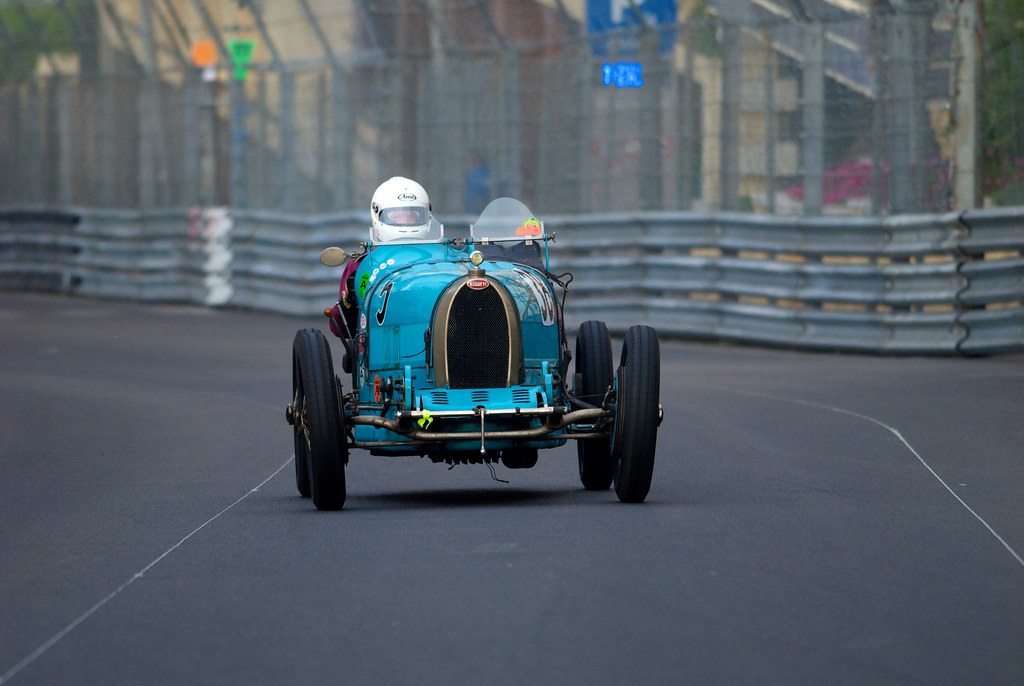 Despite record heat in the upper 90 degree range most of the week. The 29th Annual Pittsburgh Vintage Grand Prix had another record year. This year, Porsche had the honor of Marque of the Year, and thanks to efforts from the Allegheny Region of the Porsche Club of America, had nearly 500 Porsches of all vintages come to Schenley Park. The ARPCA also celebrated a milestone in 2011. Celebrating 50 years as a club. Part of their efforts were having a Porsche from every year of their 50 years as a club from 1961, through to a new 2011 model. Also sharing honors this year were The Cars of Carol Shelby as Spotlight Feature. That display brought several unique vehicles including several genuine 289 and 427 Cobras, Vipers, Mustangs and even a GT40 continuation car built by Holman & Moody.
Despite record heat in the upper 90 degree range most of the week. The 29th Annual Pittsburgh Vintage Grand Prix had another record year. This year, Porsche had the honor of Marque of the Year, and thanks to efforts from the Allegheny Region of the Porsche Club of America, had nearly 500 Porsches of all vintages come to Schenley Park. The ARPCA also celebrated a milestone in 2011. Celebrating 50 years as a club. Part of their efforts were having a Porsche from every year of their 50 years as a club from 1961, through to a new 2011 model. Also sharing honors this year were The Cars of Carol Shelby as Spotlight Feature. That display brought several unique vehicles including several genuine 289 and 427 Cobras, Vipers, Mustangs and even a GT40 continuation car built by Holman & Moody. The racing action was awesome as usual. With 2011 being the first year of sanctioning by the Pittsburgh Vintage Grand Prix Association, several cars that would have otherwise been unable to compete under VSCCA guidelines were now allowed to race. The Schenley Park course is unique in all of it's 2.33 mile length as it is made up entirely of public roads that would otherwise be open to the public 360 days a year. The course features 22 turns and no less than 17 elevation changes and represents what racing used to be in the days before Road America and the air port tracks. This is how racing used to be. And unlike events like the Monterey Historics, it's on the street. Where else can you see vintage MGs, Porsches, Aston Martins, Datsuns, Minis, and more do battle like this?
Each year, the Pittsburgh Vintage Grand Prix brings over 2000 cars of all vintages to the car show side which is held on the scenic Schenley Park Golf Course. Cars representing every corner of the globe and just about every make are on display. There are even a few new cars on display as many Pittsburgh area car dealer particpate as sponsors, including a few manufacturers such as Volkswagen, Audi, Suzuki, Mini and Ford. And what originally started as a two day event has grown in to a 10 day festival celebrating the automobile filled with two race weekends, a host of car shows, parades, parties, rallies, and track days. And what makes the event truly spectacular is that it is entirely run by volunteers, and ALL proceeds from the events, benefit charity. Since 1983, the Pittsburgh Vintage Grand Prix has raised over $2.5 million dollars for the Allegheny Valley School and the Autism Society of Pittsbugh. The PVGP is a highly recommended event if you are in the Pittsburgh Area come mid July. The event can't be beat, and it's free to the public for spectators. And best of all, it supports a great cause.















.jpg)





